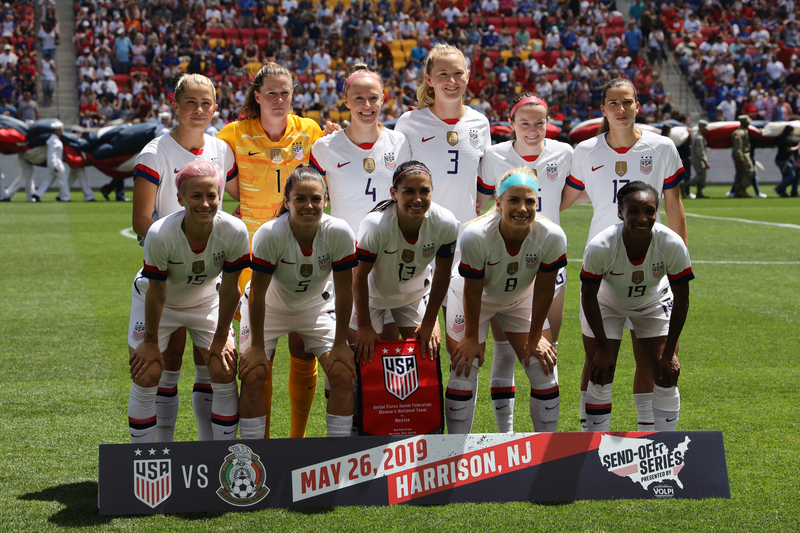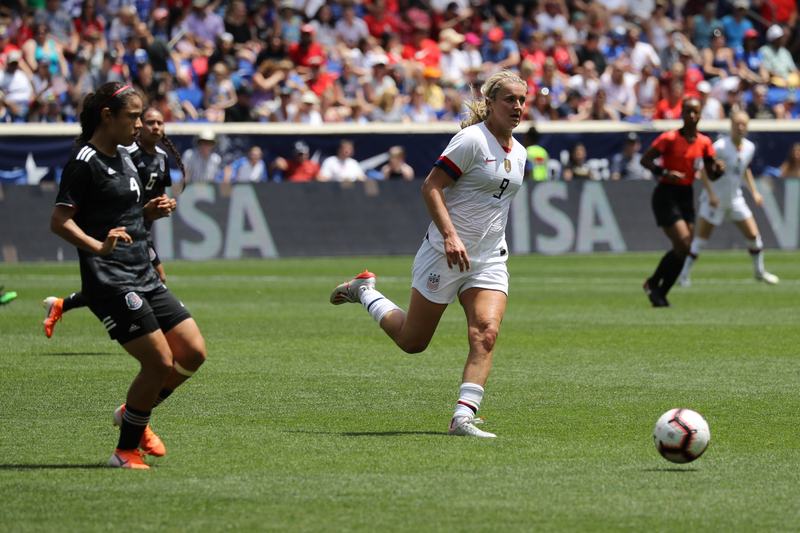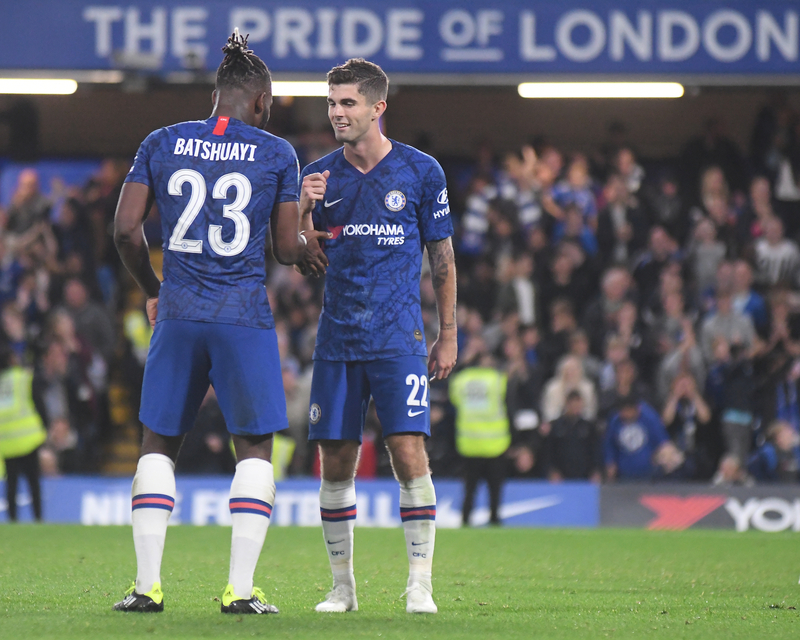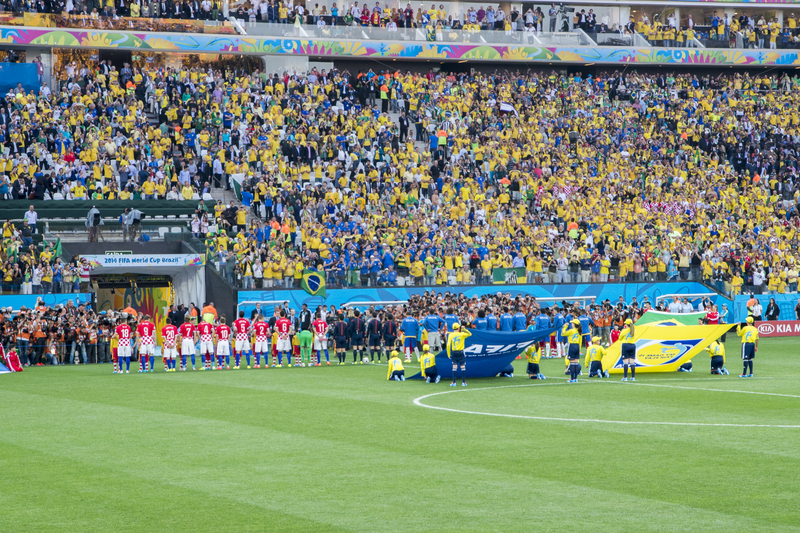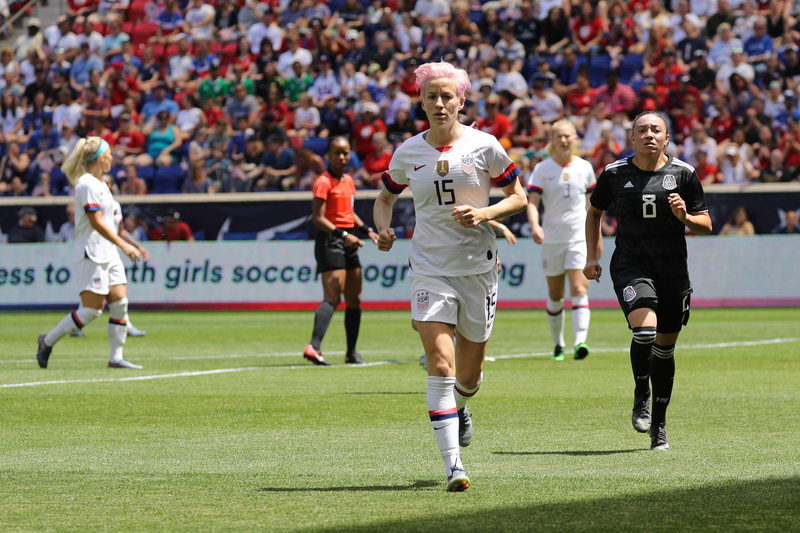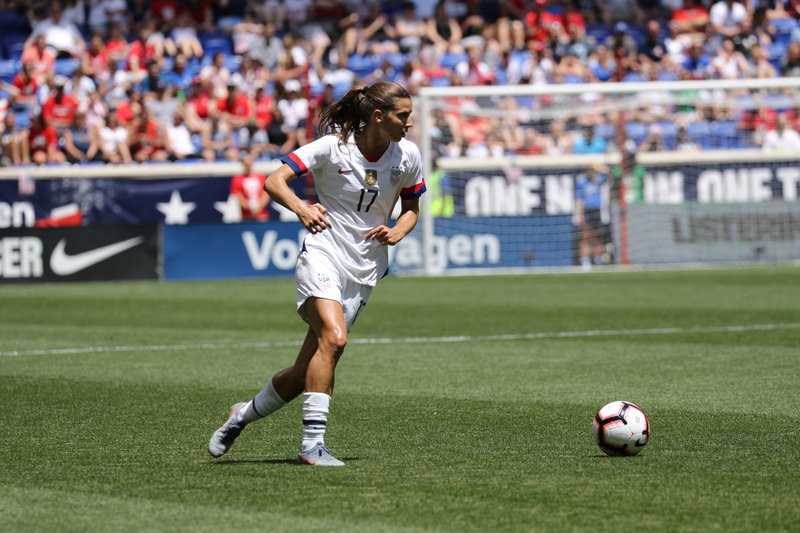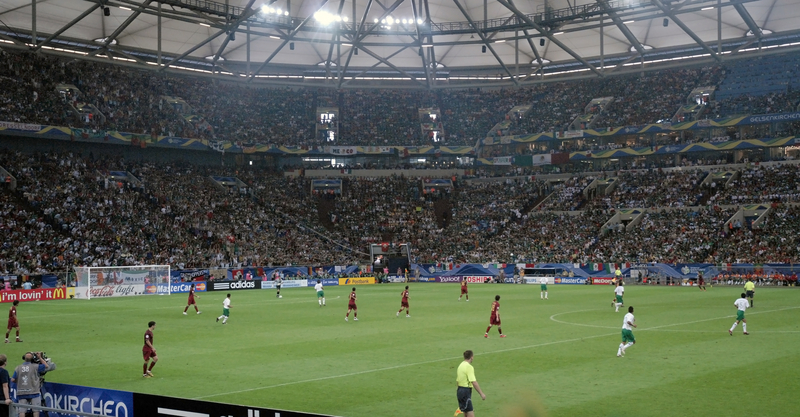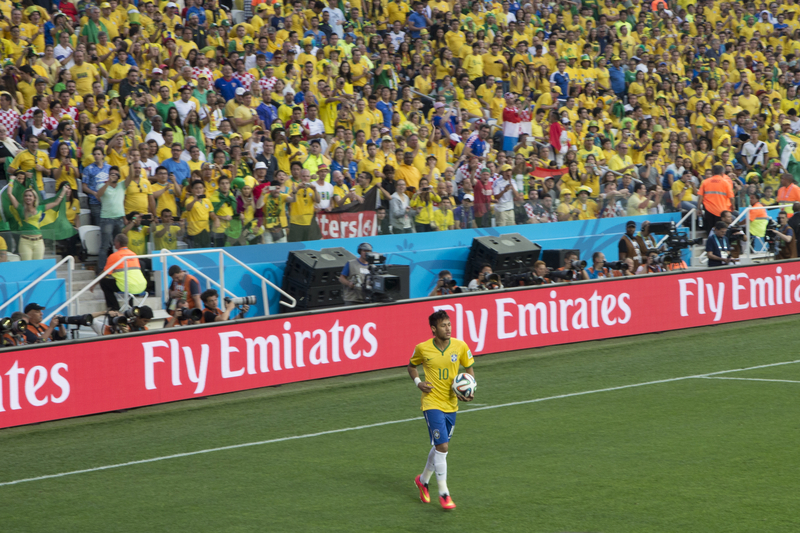Last updated on November 7th, 2023 at 04:00 pm
The World Cup is the premier international championship for association football. The tournament occurs every four years in different host cities and features some of the best players in the world as they compete for glory and national pride. While the World Cup follows many of the most common soccer rules, some key differences make it stand out compared to other tournaments.
The FIFA World Cup is an international soccer tournament held between the national teams of the Fédération Internationale de Football Association (FIFA.) The World Cup includes men’s and women’s tournaments, with each competition occurring every four years. The women’s world cup is always one year after the men’s, so there are no scheduling or broadcast conflicts.
The World Cup draws massive tv audiences along with sell-out crowds at venues. Over 3.5 billion viewers tune into the tournament each year. To put that into perspective, the 2022 NFL Super Bowl had 99.18 million viewers.
What are the Differences Between the Men’s and Women’s World Cup?
The men’s and women’s world cups use the same rule set, but there are some critical differences between each tournament. The primary difference is that FIFA mandates that all men’s tournaments occur on natural-turf pitches, while the women’s tournament occurred on artificial turf until 2023. This rule has come under significant scrutiny, especially since the firmness of artificial turf can lead to injuries like stress fractures and sprains. FIFA is removing this rule in 2023, allowing the women to play on natural turf, which is gentler on the joints and easier to maneuver.
The men’s tournament is also larger than the women’s. While 32 national teams compete during the Men’s World Cup, the Women’s World Cup only welcomes 24. That less number of groups often exacerbates issues in how the tournaments are treated. The prize money for the Women’s World Cup is more than ten times smaller than the men’s, around $30 million compared to $400 million. There are also often fewer accommodations, like hotels or training facilities for women’s players, made available by the host country.
Finally, there’s often less parity in the women’s game, so it’s not unusual to see the same winners year after year.
How Do Players Get Selected to Play in the World Cup?
The country coaches submit their roster list of who they want to represent their country for the big tournament, depending on their skill set. A team can only have 11 players on the pitch and have up to 26 players on their roster, which allows for subs. Out of that 26 roster size, three of those players must be goalies.
For a player to have a chance to play for a particular country, they must hold citizenship there. Some additional terms that allow someone to play for a country include if their grandparents were born in a specific country, if that soccer player marries someone from that country, or if they live and work there.
For example, Christian Pulisic is on team USA because he was born in Hershey, Pennsylvania, even though he plays professionally for Chelsea in England. While he plays for the English Premier League each season, he was born in the United States and can play for Team USA during the World Cup.
What is the Format of the World Cup Tournament?
Two critical parts of the World Cup Tournament are the Group Stage and the Knockout Round. Teams first qualify for the World Cup by playing in qualifying games during the three years between tournaments. The 32 teams that qualify are then separated into eight groups based on a robust selection process. This process is often called the World Cup Draw.
The eight groups each have four teams that are announced during the draw. The first step is the selection process involves seeding the top eight national teams by their FIFA world rankings and performances in past World Cups. Each ranked team is put into its own group. FIFA then uses complex selection criteria to add the remaining three teams to each group. FIFA also stipulates that each group can only have one member from each confederation and no more than two European teams.
How Do the Group Stages Work?
The World Cup Group Stage is a round-robin tournament between the four teams in each group. That means each group will host six matches as all teams play with one another. Each team accrues points based on wins (3 points) and ties (1 point) as the matches occur. Teams get zero points for losing. The total points system then decides the top two teams in each group, which go onto the knockout tournament of 16.
Several tiebreakers decide the final seeding if there is a tie between two teams after the end of group play. Tiebreakers include the greatest combined goal differential in all matches and the greatest combined number of goals in all group matches. While those two criteria will decide most ties, tiebreakers like head-to-head matchups or fair play points can still be applied.
The group and knockout stages will grow in 2026 as FIFA expands the World Cup to allow 48 teams to play. That means there will be 16 groups of three teams in the group stage and a knockout round of 32 teams.
How Does the Knockout Stage Work?
The knockout stage of the World Cup is a single-elimination playoff between the top 16 teams in the tournament. The World Cup Bracket is made by pairing the winner of each group with the runner-up of another group.
While matches in the group stage can end in a tie, it’s mandatory that all games in the knockout stage end with a winner or loser. If a game is still in a tie after two 45-minute halves, the game moves into extra time. There’s a five-minute break between the end of the game and extra time, comprising two 15-minute periods. If the game is still in a draw 120 minutes of play, the game will go to a penalty-kick shootout.
The penalty-kick shootout is a best-of-five shootout, where each team will send five kickers to the penalty spot to try to score a goal. The penalty shootout has only been used in World Cup Matches since 1978; penalty kicks have decided 30 matches. The 2006 World Cup Final was decided by penalties when Italy beat France.
How are FIFA World Cup Hosts Chosen?
FIFA announces new World Cup hosts about seven years ahead of when they will host a world cup. Countries’ process to make a bid and later get selected for the tournament is often intense and includes pledges for safe accommodations, large stadiums, and appropriate facilities. The ballot process usually includes visits to the host country by the FIFA Council. Since 2014, there has been a continent rotation policy, meaning that the host sites move between different confederations, like Africa, South America, North America, Europe, Asia, and Oceania.
Since there’s little transparency in how FIFA selects host nations, there’s often some controversy that follows the announcement of a host nation. Many of FIFA’s critics have watched Qatar ahead of the 2022 World Cup. Numerous international organizations have reported that the country has relied on forced labor to construct playing sites. Despite the controversy, many global football fans are excited about the 2022 World Cup, as it is the first time the soccer tournament will be in the Middle East.
The 2026 World Cup will be the first tournament to take place in three different countries. FIFA awarded the tournament to The Confederation of North, Central America, and Caribbean Association Football (CONCACAF), which will host the tournament in the United States, Mexico, and Canada. The tournament is the largest in history, with the US hosting 60 games and Mexico and Canada each hosting 10.
What Teams Have the Most Wins in the FIFA World Cup?
It’s no surprise that countries that are passionate about soccer tend to do well in the World Cup. Brazil has the most tournament titles of any country, with five. Italy and Germany are tied for second place, with four titles each. Seventy-nine men’s national teams have been competing in the World Cup, with Brazil appearing in all 22 tournaments since 1930.
The field for the Women’s World Cup is much more condensed. The USA has the most titles, with four. Germany is a distant second, with two titles. Since the tournament started in 1991, there have only been eight different tournaments. Only the United States, Sweden, Nigeria, Japan, and Brazil have qualified for every Women’s World Cup.
Conclusion: How Does the World Cup Work in Soccer
In summary, the World Cup has billions of people watching the tournament when it is on. While many track their national team or favorite players, there’s often a lot of politics and intrigue that goes into the qualification process and how the tournament is structured. Now that you know more about the process of becoming a World Cup champion, you can get excited to cheer on your country’s team in the next tournament.
Similar Posts:
What are Soccer Supporter Groups?
Why Do Soccer Players Kiss Each Other?
Why Do Soccer Games End in a Tie?
Greg Kristan, owner of The Stadium Reviews, LLC and TM Blast, LLC, brings his extensive experience visiting over half of the MLB ballparks, along with numerous MLS, NHL, NBA, and NFL venues, to provide in-depth coverage on the bag policy, food options, and parking. He has also been interviewed about his experiences on several sports podcasts.

